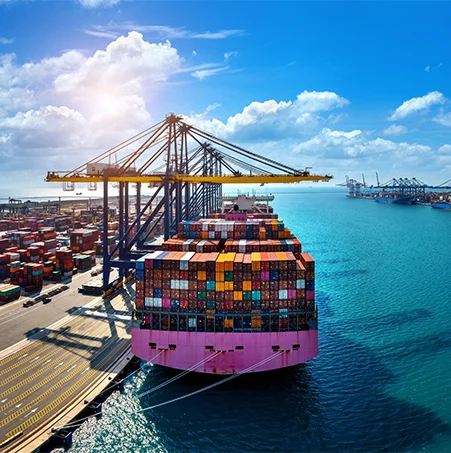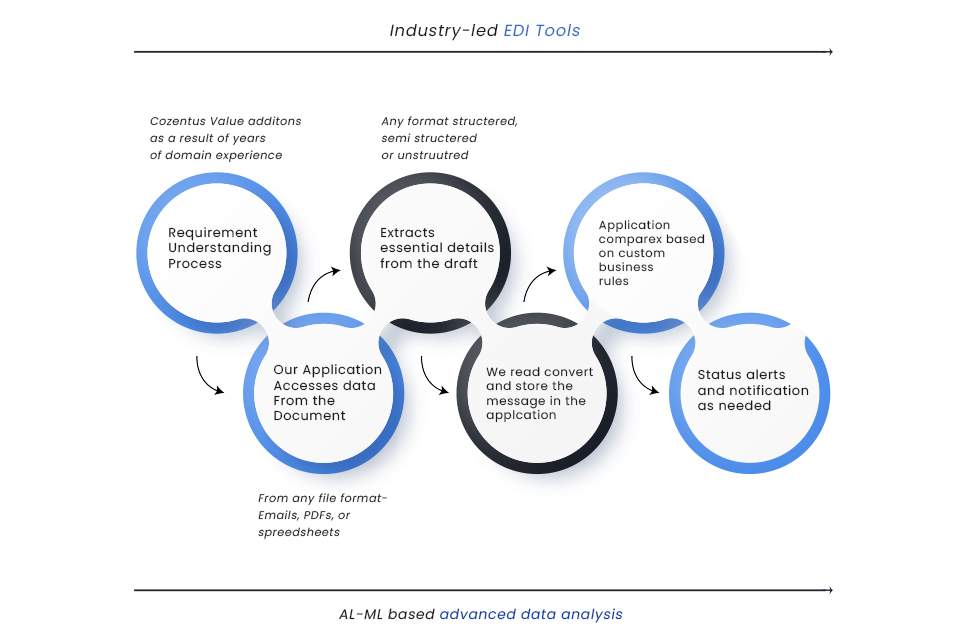
Embrace the new standard in Bill of Lading (B/L) process management. Cozentus' B/L Process Automation digitizes, streamlines, and enhances operational efficiency by automating data entry, document generation, tracking, and matching draft and master B/Ls.
Get in Touch
Cozentus leads in B/L process automation, delivering value directly tied to your business KPIs. With our solution, the average process time per B/L is significantly reduced, and document approval cycles are streamlined, improving overall productivity.
We also place a heavy emphasis on data accuracy, drastically reducing data entry errors. The outcomes of our approach are seen in increased customer satisfaction and tangible cost savings. We ensure process visibility, seamless integration, and measurable

Low to zero errors and associated costs, thereby reducing rework and ensuring adherence to regulatory standards.
Accelerate document processing and reduce cycle times for improved productivity and Deliver timely and accurate BOL information, enhancing customer satisfaction and retention.
Lower paper and printing costs, contributing to cost savings and sustainability efforts and Gain a competitive edge by offering streamlined and efficient B/L operations.
Harness enhanced data analytics capabilities for process optimization and informed decision-making.

